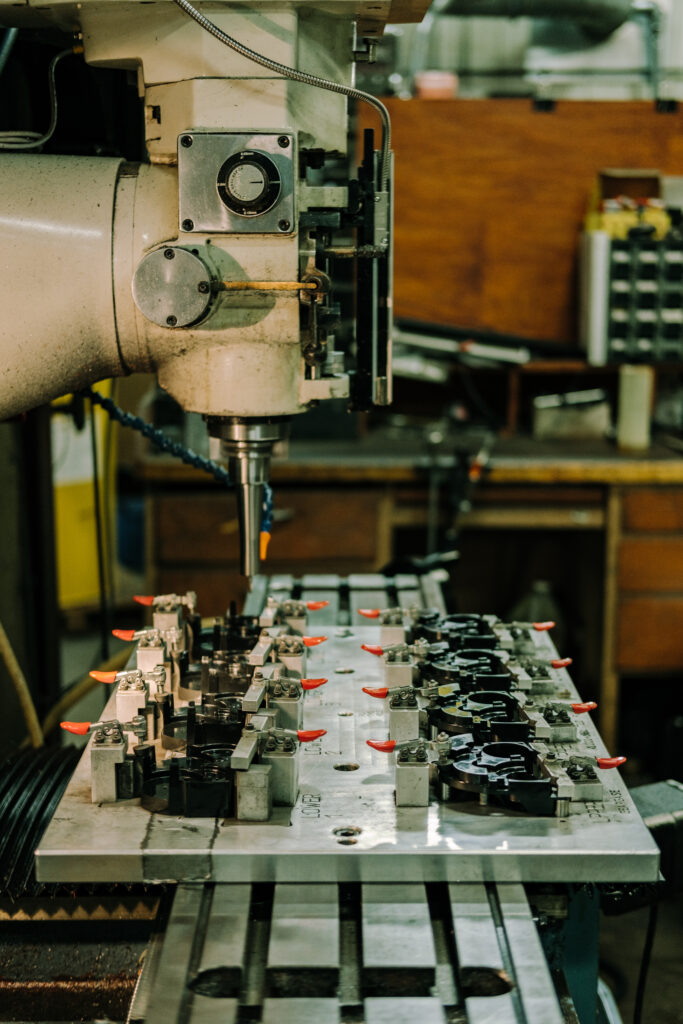
Why Use Plastic Injection Molding in the HVAC Industry
The current global plastic injection molding market is valued at $473.4 Billion and is expected to grow at a CAGR of 7.5% between 2020 and 2027. The primary market of these products is the automotive industry, however, plastic injection molding in the HVAC industry is becoming quite popular.
This alternative has proven to be cost-effective, offers flexibility in its design, produces less scrap material, can be molded into far more complex shapes than metal, and has lighter finished products. In some instances, the reduced weight can be up to 50%.
The Value of Plastic Injection Molding in the HVAC Industry
Comparison to Metal
Thermoplastics made for the HVAC industry are able to endure harsh conditions such as the blower assemblies where they would come into contact with hydrochloric acid. In contrast to sheet metal, this plastic is virtually unaffected by acid exposure.

EPP
EPP is a plastic injection molding product that is used across various industries. Expanded Polypropylene (EPP) is a trustworthy and well-tested material used in a wide variety of industrial applications.
Thanks to its lightweight, structural, thermal, and acoustic insulation properties, EPP helps to increase performance and reduce the cost of manufacturing equipment in the HVACR sector.
The HVAC industry has been increasing the implementation of expanded polypropylene – EPP in their products. The metallic alternatives used in the past would not only be heavier but also required an extra layer of insulation. Some advantages include:
- Its ability to be airtight.
- High water and chemical resistance.
- High strength to weight ratio.
- Its acoustical absorption.
- Complete recyclability.Being light-weight.
- Valuable thermal insulation.
- Its buoyancy.
The thermal conductivity of EPPs is at λ = 0.036-0,040 [W/m*k], which is low enough to eliminate the need for thermal bridges. Additionally, the EPP ducts and fittings will be connected by the use of a muff, which would ensure that the elements are tight. Manufacturers produce these with varying lengths and diameters, so that they may be applicable across various products and even industries.
Lightness and Ergonomic Properties
The installation process for the EPP ducts and fittings is very fast and simple and does not require any additional elements as they attach quite easily. In the event that additional slings are needed, this would simply entail the use of standard clamps.

Another advantage is the ability to cut these elements with hand tools. One example provided here by one of our manufacturers is that a 90-degree bend can simply be cut in half to produce two 45-degree bends.
These EPP ducts and fittings are evidently user-friendly. They are very easy to transport and they offer optimal results in terms of the production cost.
Materials for HVAC Components
The materials often used to manufacture exterior and interior injection molded components to serve this industry include polypropylene, polyethylene, and polycarbonate. The products can also be enhanced using hot stamping and color dyes.
Heat Recovery System
EPP properties are perfect for heat recovery systems because of their high resistance to heat, they are sealed, they act as insulators, and they would not have any issues around rust and mold. Furthermore, the technical parts of EPPs are 100% recyclable.
By utilizing cutting-edge materials, manufacturers like K&B have been able to produce parts for water heaters, furnaces, air conditioner compressors, electrical covers, blowers, draft inductors, inducers, and a number of other components that regenerate gases and remove heat.




